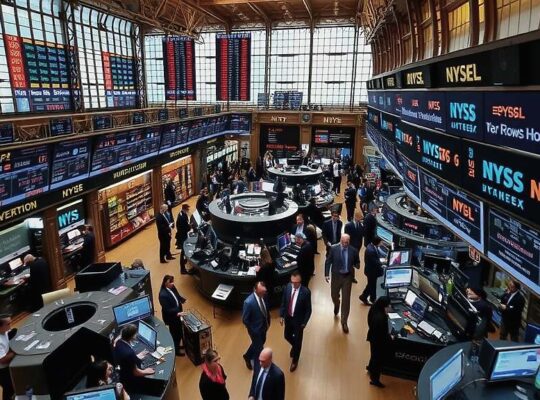The German stock market opened positively on Monday, attempting to rebound from losses incurred last week. The DAX index registered around 24,100 points by 9:30 AM, representing a 1.1% increase compared to Friday’s closing level. Rheinmetall, Commerzbank and Daimler Truck led the gains, while Merck, Qiagen and Porsche Holding trailed at the lower end of the performance spectrum.
The initial optimism appears largely driven by a temporary easing of anxieties surrounding the stability of US regional banks. “Concerns about the creditworthiness of US regional banks are receding somewhat in the markets” noted Thomas Altmann of QC Partners. The lack of fresh negative news has provided a brief respite, fostering a slightly more positive investor sentiment. The prevailing hope is that Zions Bancorporation and Western Alliance represent isolated incidents, allowing the issue to be readily dismissed by financial institutions. Their relatively small footprint – each boasting balance sheets roughly two percent of the balance sheet of JPMorgan Chase, the largest US bank – reinforces this perception, as JPMorgan’s size surpasses those banks by a factor of 45. However, analysts caution that any emergence of further instances could swiftly reignite the crisis and destabilize markets anew.
The euro strengthened marginally against the dollar, trading at $1.1662, reflecting a corresponding decrease in the dollar’s value to €0.8575. This slight appreciation offers a transient and potentially fragile, indication of a shift in the currency market dynamic.
Simultaneously, oil prices have declined, with a barrel of Brent crude fetching $60.88, a 0.7% decrease compared to the previous trading day’s close. This drop underscores broader concerns about global economic headwinds and potential weakening demand, complicating the fragile optimism evident in the German market. The vulnerability revealed by the regional bank anxieties, combined with the downward pressure on oil prices, highlights the precarious nature of the current market environment and underscores the continued need for cautious investment strategies.












